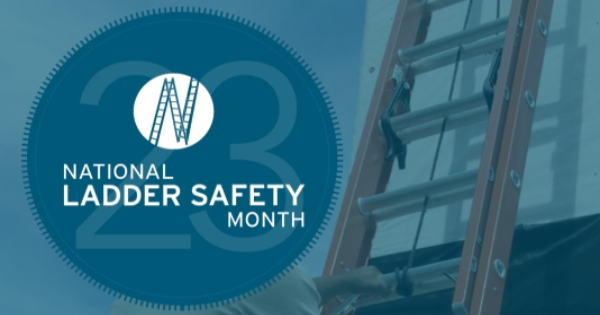UP TO THE MINUTE
The construction industry's aging workforce: The need for age-focused safety measures

By Cotney Consulting Group.
As the construction workforce continues to age, safety in the workplace is even more important.
The construction sector has always been the backbone of infrastructure and development. The industry continues to grow as buildings are erected, and roofs are installed. However, beneath the buzzing sound of drills and the clattering of hammers, there's a growing concern: the construction industry's aging workforce.
Between 2003 and 2020, the percentage of employees in the construction industry aged 50 and above doubled. This demographic shift poses a significant challenge as these seasoned professionals are aging out more rapidly than fresh talent is coming in to replace them. This growing percentage of older employees emphasizes the urgent need to reevaluate and adapt our safety measures, ensuring that the unique risks associated with an older workforce are addressed.
Understanding the unique risks
While experience often brings wisdom and expertise, it doesn't necessarily shield older employees from the inherent risks associated with the construction environment. The National Safety Council has cited construction as the leading industry in workplace fatalities. While policies are essential for employees of all ages, older individuals may require additional considerations.
Though their experience might guide their actions, age can sometimes lead to a heightened susceptibility to workplace injuries. Factors such as chronic health conditions, muscle fatigue, vision impairment and sheer exhaustion amplify the risks. A minor slip for a younger worker might result in a bruise; for an older worker, it could lead to more severe injuries, such as fractures or traumatic brain injuries, with symptoms like dizziness, nausea and potential loss of consciousness.
Furthermore, the pressure to maintain the pace set by younger counterparts can lead to undue stress, resulting in fatigue and potential burnout, further amplifying the risks.
Towards a safer workplace
The challenges, although significant, aren't insurmountable. Employers can integrate several strategies to ensure that older employees remain safe:
- Regular training: A once-off training session isn't enough. Regular, consistent training sessions, which refresh and update safety knowledge, are crucial.
- Access to resources: Beyond the essential safety equipment, ensure easy access to first aid and establish clear procedures for emergency situations.
- Hiring decisions: Experience matters. Prioritizing hiring individuals with a proven track record of safe practices can be beneficial. For newcomers, pairing them with seasoned professionals can serve as a buffer against potential risks.
- Reevaluate work roles and environment: Not every construction task requires the agility of a 25-year-old. Older employees can be assigned roles that align with their strengths while minimizing risks. Furthermore, assess the workplace layout. A well-organized, clutter-free environment can significantly reduce potential hazards.
Fostering an age-friendly work culture
A holistic approach to safety extends beyond policies and procedures. Consider incorporating flexible schedules, allowing older workers to maintain a balance that suits their needs. Encourage regular breaks to combat fatigue. For those with health concerns, consider modifications like shorter hours or infrastructural changes like ramps.
Open communication is vital. By understanding the unique needs of older workers and adjusting policies and practices accordingly, the industry can ensure that they remain safe, valued and productive members of the workforce.
In conclusion, our industry's older workforce brings invaluable expertise and knowledge. Their safety should be a paramount concern, not just for their wellbeing but for the continued success and growth of the construction sector.
Learn more about Cotney Consulting Group in their Coffee Shop Directory or visit www.cotneyconsulting.com.



















Comments
Leave a Reply
Have an account? Login to leave a comment!
Sign In